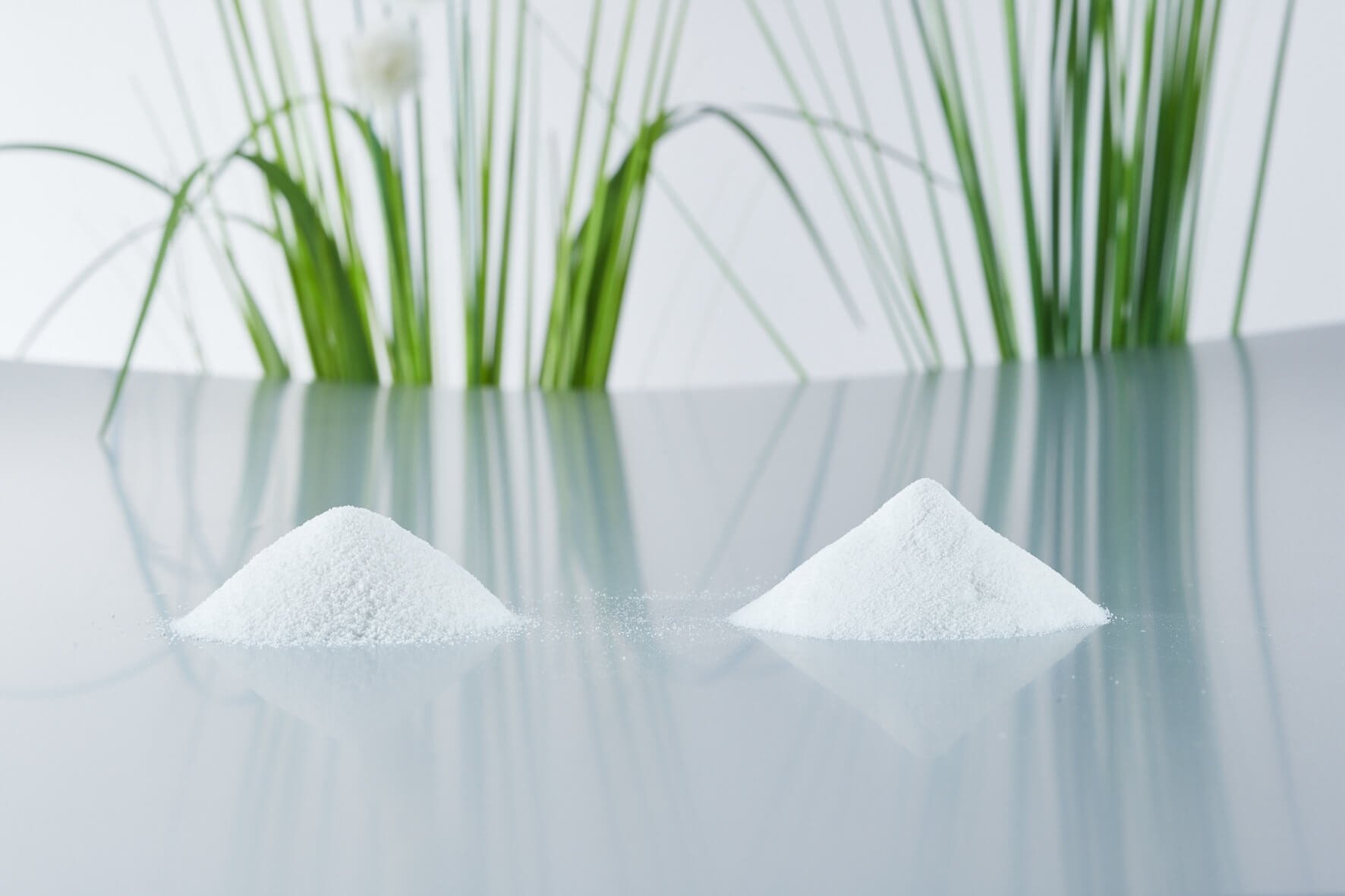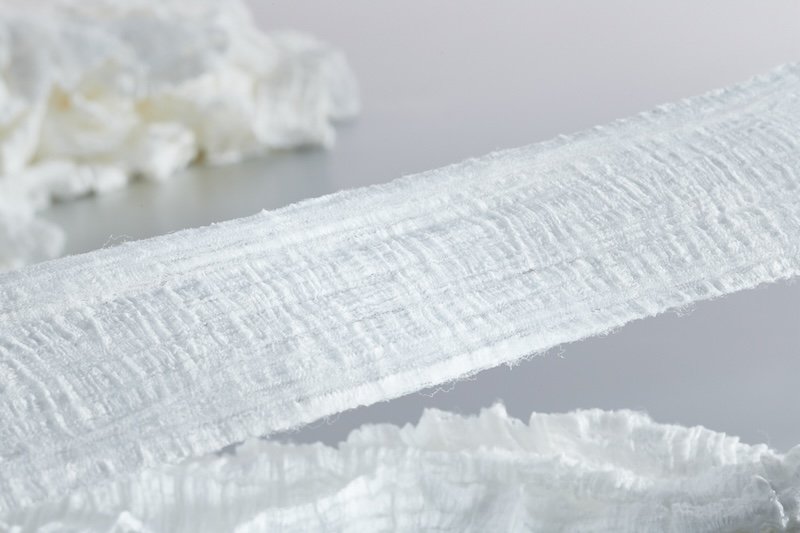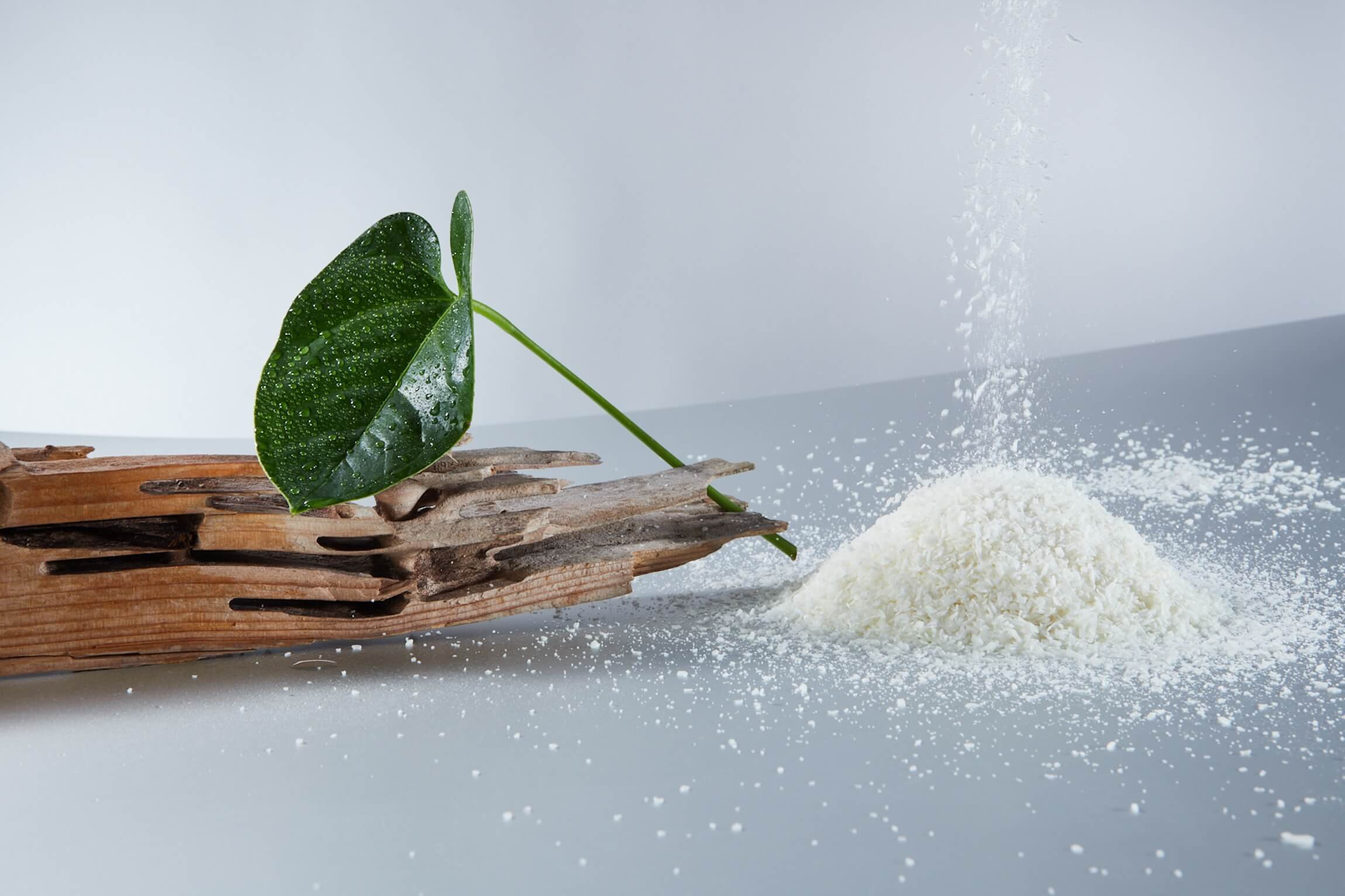
Cellulose Acetate
Versatile & Sustainable
What is
Cellulose Acetate?
Cellulose acetate belongs to the man-made cellulosics, like e.g. viscose. It is made from the natural biopolymer Cellulose by modification with acetic acid, the main component of vinegar.
Many man-made materials based on cellulose are used in our daily life: food additives, wallpaper adhesives, construction chemicals, paints, coatings etc.
Cellulose acetate is biodegradable in a large variety of environments.
Cellulose Acetate has unique properties
for various technical applications
Cellulose Acetate is compatible with a number of biobased, biodegradable and non-toxic plasticizers if needed for an application.
Cellulose Acetate specific properties
Allows selective filtration of certain toxic substances like phenols.
Can be processed with (eco)toxicologically harmless solvents, low temperatures in solvent processes allow temperature sensitive additives.
Softens at significantly higher temperature than other man made biobased and biodegradable polymers.
Provides a unique “natural” feel.
Excellent transparency, films easy to cut, breathability to moisture vapor.
Sustainable Manufacturing of Cellulose Acetate
It all starts with wood from sustainably managed forests.
Starting material is wood pulp of high purity (> 96 % α-cellulose)
Grown from trees in sustainably managed forests (PEFC and FSC) and not genetically modified.
The wood pulp used is manufactured from
hard or soft wood of different origin.
As all-natural raw material from nature, pulp is not a uniform, exactly reproducible product.
Some variations in fiber length, fiber wall thickness and crystallinity of cellulose.
Required purity of pulp for various applications:
Cellulose Acetate: > 96%
Viscose: 89 - 93%
Paper: 70 - 90 %
“Cellulose Acetate starts in and returns to Nature”
The Cellulose Acetate Life Cycle
Wood pulp as a basic raw material is obtained from sustainably managed forests.
In a sustainable production process, it is converted into cellulose acetate.
After usage, the final product biologically degrades, nourishing plants and trees again.
Cellulose Acetate is sustainable and versatile
Biodegradable under various environmental conditions.
Made from naturally-based raw materials manufactured in an eco-friendly process.
Versatile for many different applications
Cellulose Acetate can be processed thermoplastically and can be used in the form of fibres, films and powders.
Its compatibility with many environmentally friendly plasticisers opens up many other possible applications.
Cellulose Acetate is an environmentally friendly alternative to plastics
The Versatility of Cellulose Acetate
Films
Pharma
Cosmetics
Laundry
Thermoplastics
Films Pharma Cosmetics Laundry Thermoplastics



Filter Tow
Filaments
Fabrics
Nonwoven
Coatings
Membranes
Sheets
Filter Tow Filaments Fabrics Nonwoven Coatings Membranes Sheets
Biodegradability of Cellulose Acetate
Cellulose Acetate (CA) shows a pronounced lag phase, however it biodegrades at a reasonable rate even compared to natural materials
Cellulose Acetate is biodegradable and compostable

Cellulose Acetate
Is based on renewable raw materials
Bio-based materials can replace and save fossil raw materials
Is produced using efficient and sustainable processes
Can be biodegraded and its degradation products are classified as not eco toxic









